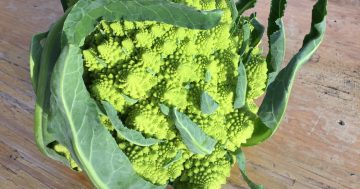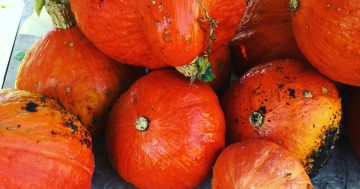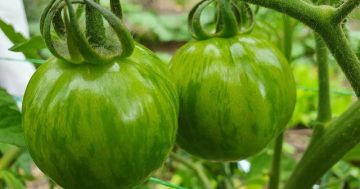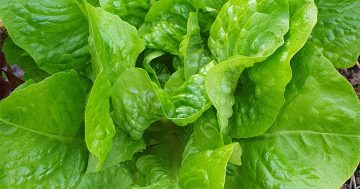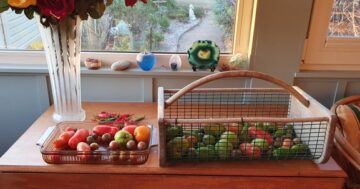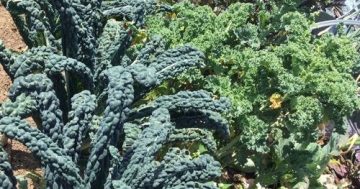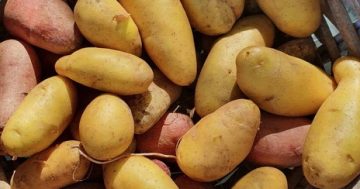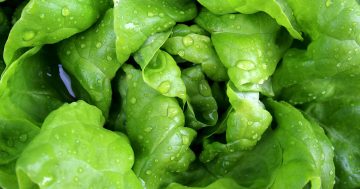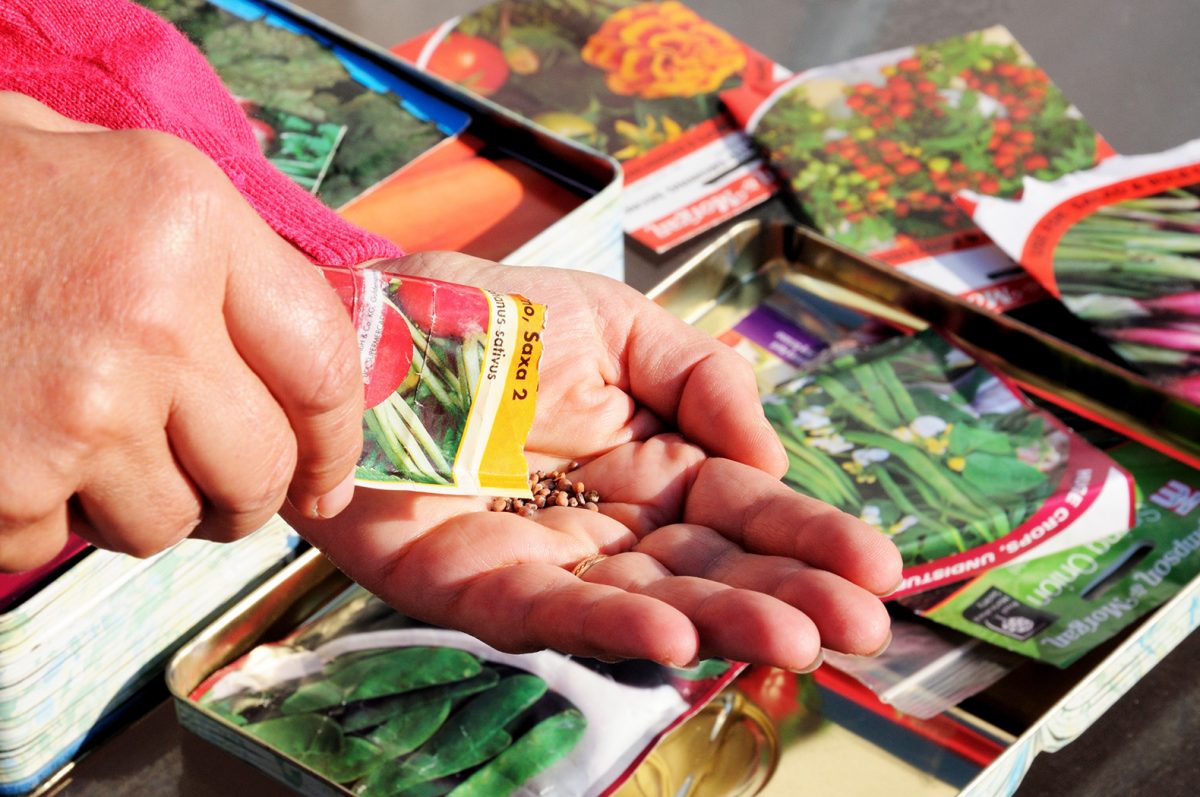
Raising vegetables from seeds is fun and productive as the weather begins to warm. Photo: File.
Raising vegetables from seeds is a very pleasant way to prepare for a summer full of delicious vegetables. What you raise as seed now in spring, you will plant out in six to eight weeks. In early spring, it is best to undertake seed raising in a warm and well-protected place. Frosts and low overnight temperatures can have a significant impact on successful development of seedlings.
Many vegetable gardeners think of seed raising as an integral or necessary part of their home food growing activity. However, commercially, vegetable growing and seed raising are practised as very separate enterprises. There is a reason for this and, in fact, thinking about seed raising as an enterprise in its own right can give us home gardeners some insights to make the process more predictable and productive.
The vegetable family from which a seed comes decides the temperature needed for germination. And there are big differences between species. In our region, experienced vegetable growers know the large brassica family has the most affinity with a cold/cool climate.
From cabbage to broccolini, from wombok to joi choi, this group of vegetables will germinate really well once the soil temperature is 10 degrees or more. So these cold hardy vegetables do not need a lot of protection to germinate at this time of year.
On the other hand many of those wonderful summer vegetables such as tomatoes and chillies need soil temperatures above 18 degrees, with best germination occurring with soil temperature around 25.
These summer vegetables need a lot of support to germinate and develop strong seedlings. Special equipment such as a heat mat is really helpful to increase propagating soil temperatures and the traditional hot box is a great way to sustain really warm temperatures to ensure germination and good seedling development.
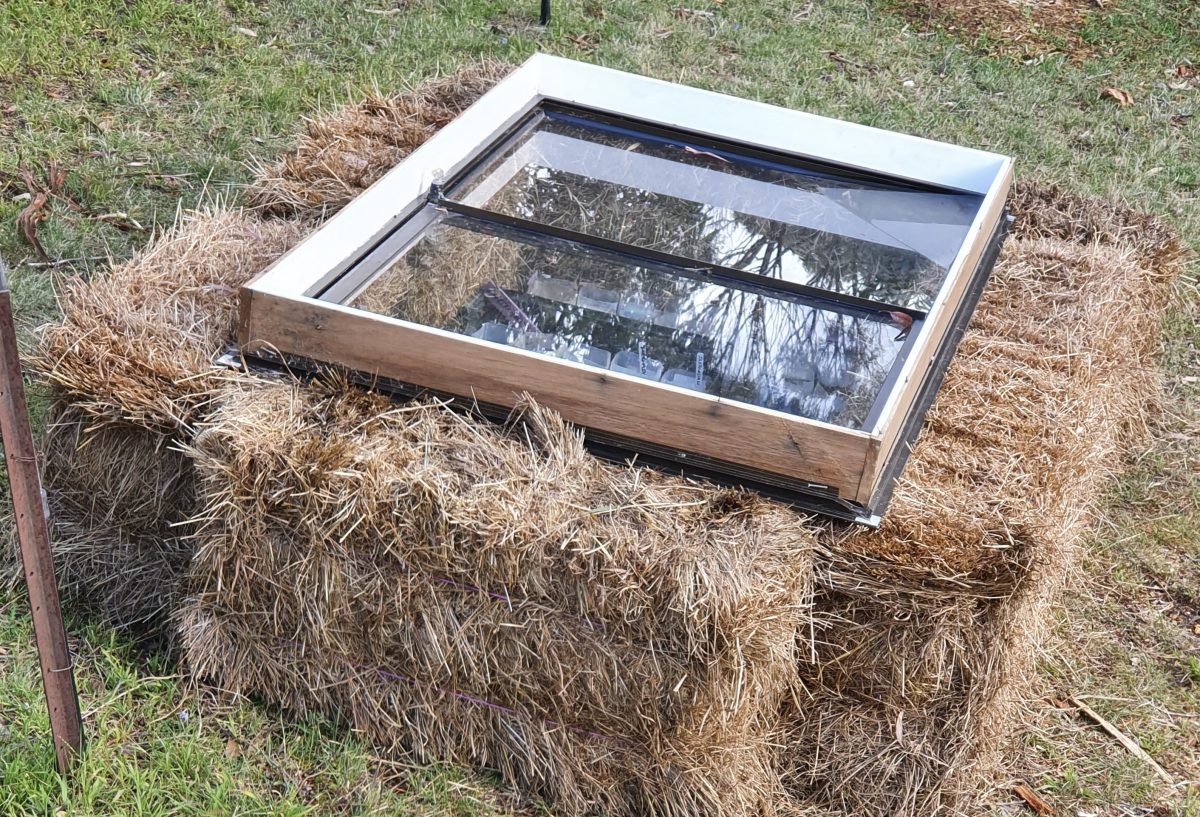
A hotbox can be made simply and will speed germination. Photo: Supplied.
Seeds, as the ultimate survival pod, have everything they need nutritionally for germination and growth to a basic level of viability. However, the older the seed the less viable the seed is. The first step is to check the “use by date” on the seed packet. Using seeds that have exceeded this date usually results in very poor germination.
To transform a seedling from merely viable to a robust, reliable and hardy growing seedling is where the growing medium becomes very important.
The growing medium needs to mimic your good garden soil to some degree. While it needs some nutritious compost, it also benefits from materials that make it easy for the seed to germinate and mature. Something to help the medium hold water but not form a crust, a structure that lets roots easily penetrate and spread but holds air and won’t compact easily.
You can purchase a pre-made seed raising mix or make your own using a mix of compost (garden loam, worm castings), sand, and coco coir for example. A simple mix of two parts sieved compost/soil mix to one part sand is adequate if minimalist. It leaves the rest of the growing journey up to you.
Water the soil gently but thoroughly and plant seeds – the number of seeds planted in each container will depend on the size of the container and the size of the seeds. The depth the seeds are planted is also dependent on the size of the seed. Be guided by the information on the packet.
Once planted, cover with soil and press down firmly to ensure the seed has good contact with the soil. Keep the soil moist during the germination phase but not wet. A light water with a spray bottle may be sufficient. The length of time for germination will depend on the type of seed, soil temperature and soil moisture.
Do not plant out into the garden until the developing seedling looks robust and strong. For summer vegetables it is also essential to wait until the end of the frost season. In most cold climate regions it is best to wait until late October/early November before planting.
Think about this timeline and you can guess why gardeners are regarded as pillars of patience, and why great vegetable gardens are viewed as masterpieces of planning.
Bronwyn Richards and Helen Lynch run Wynlen House Artisan Village Farm and Learning Centre, a small village organic market garden in Braidwood, NSW. Since 2006 they have grown and sold fresh vegetables, eggs, preserves and garlic, and teach others to do the same.












